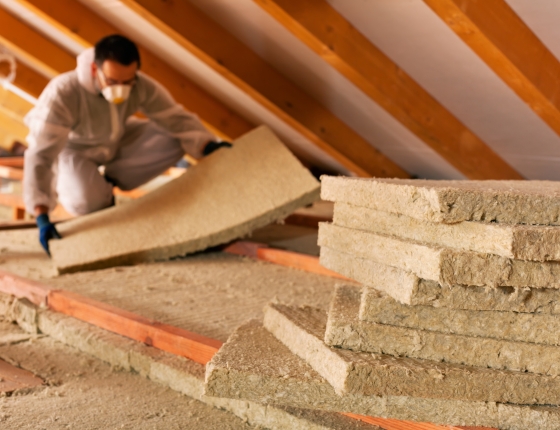To meet ambitious climate goals and carbon reduction targets, cities across the state of Minnesota will have to prepare the housing and building stock for electrification. CEE’s research and community teams have completed extensive analysis on the importance of building envelope improvements and weatherization to make electrification as cost-effective and impactful as possible for Minnesotans. From both an upfront and utility bill cost perspective, weatherization is the critical path to make mass electrification a reality across our cold climate state.
In a landmark report published in spring 2023, CEE found that while challenging, Minneapolis’ climate goals can be met with today’s weatherization and electrification technology. If the City moves quickly to make substantial upfront investments in weatherization, building envelope improvements, and electrification, while engaging with utilities, it is possible to meet the City’s decarbonization timeline.
"Over 70% of the climate pollution in Minneapolis stems from energy used in buildings. Reducing and decarbonizing the energy used in buildings is key to any viable climate action plan."
Katie Jones, CEE's community program and policy manager
In a cold climate like Minnesota, most of buildings’ annual energy use is for heating. Fossil gas currently supplies most of that energy because it has been historically cheaper compared to heating with electricity. However, electricity has far greater potential to become cleaner and more renewable over time than fossil gas. CEE researchers have identified air source heat pump (ASHP) technology as the most promising to quickly scale heating electrification, especially in one-to-four-unit residential buildings.
However, to lower upfront costs to install ASHPs and maximize utility bill savings over time, it is necessary to improve the building envelopes of older and/or uninsulated housing stock. Low performing buildings have high energy loads and often no or low amounts of wall and attic insulation. Among the datasets studied by CEE staff, building age was the best predictor of low performing buildings; the older the building, the more likely it is to be low performing in terms of energy use. As the City of Minneapolis has a significant amount of older housing stock, there is ample opportunity for improvement.
"The importance of weatherization and building envelope improvements for electrification can’t be downplayed. These efforts will require investment and prioritization by the City and utilities, and an expanded workforce to complete projects."
Josh Quinnell, CEE senior research scientist
We have the answer to viable and cost-effective electrification, but how will we meet and scale this solution? Financial incentives and investment paired with an expanded clean energy workforce will set us on track to succeed. Weatherization projects require a diverse workforce of weatherization technicians, electricians, plumbers, mechanical installers, and other general labor. Incentivizes from Xcel Energy and CenterPoint Energy, cities, new State programs, and the federal Inflation Reduction Act for weatherization and electrification projects can go a long way toward shifting energy use trends. Similarly, local subsidies to support those projects can effect significant change, especially in economically disadvantaged urban areas where the portion of income spent on energy costs is higher and the housing stock older. With proper planning, infrastructure, and targeted motivation, we can make a carbon-free future a reality for Minneapolis and across our cold climate state.
Read the full Minneapolis weatherization and electrification roadmap
